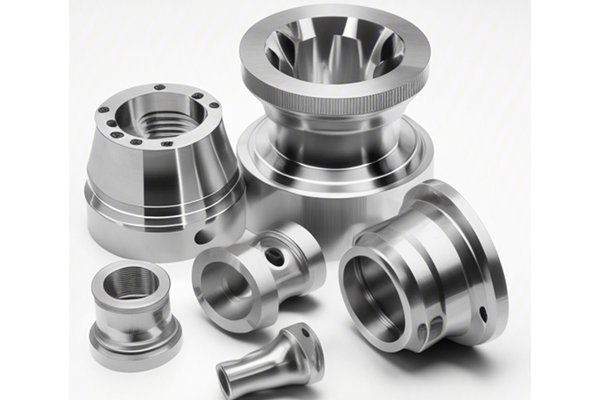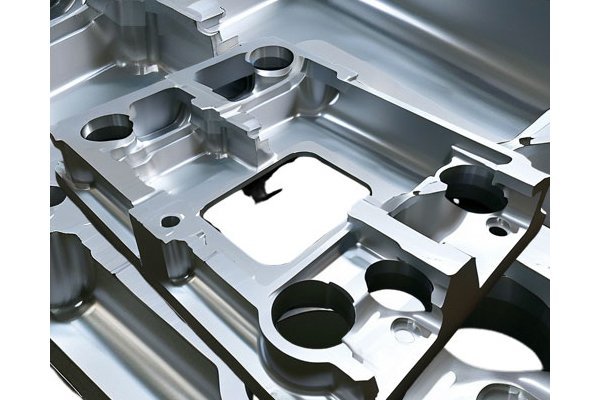Did you know that over 75% of manufacturing processes today rely on precise automation technologies like Computer Numerical Control (CNC)? From aerospace components to intricate medical device parts, CNC machining has revolutionized the manufacturing landscape by enhancing precision and efficiency. But what exactly goes on behind the scenes in the CNC operation process? This comprehensive guide will delve deep into the world of CNC, exploring its operation process, benefits, and methods to optimize its use in production.
Understanding CNC Machining
CNC machining is an automated process used to control machine tools through computer programming. It plays a pivotal role in various industries, allowing for the creation of complex shapes and intricate designs that would be challenging to achieve with manual machining. The key to understanding CNC machining lies in its operation process, which translates digital designs into physical components.
The Evolution of CNC Machining
The first CNC machines were developed in the 1940s and 1950s, revolutionizing the way manufacturing took place. Traditional machining relied heavily on manual controls, which were not only time-consuming but also prone to human error. The advent of CNC technology marked a shift towards accuracy, speed, and ease of use, setting the groundwork for advancements we see today.
The CNC Operation Process
At its core, the CNC operation process includes several key stages: design, programming, setup, machining, and finishing. Here we will explore each of these stages in detail.
The first step in the CNC operation process begins with design. Engineers and designers utilize Computer-Aided Design (CAD) software to develop detailed 2D or 3D models of the component they wish to create. The model must be precise, as it serves as the blueprint for the CNC machine. Popular CAD software includes SolidWorks, AutoCAD, and CATIA.
Key Considerations in Design:
Once the design is complete, the next step involves programming the CNC machine. This is achieved through Computer-Aided Manufacturing (CAM) software, which converts the CAD model into a language that the CNC machine can understand, typically G-code.
G-code contains commands that instruct the machine on how to move, speed, and make tool changes. Understanding G-code is crucial for effective CNC programming, as it directly influences the quality and efficiency of machining.
Programming Considerations:
After programming, the CNC machine requires setup, where the appropriate tools are selected and installed. This includes choosing the right cutting tools, fixtures, and workholding devices to securely hold the material in place.
Setup Tips:
With setup complete, the CNC operation moves into the machining phase. The machine executes the programmed instructions, accurately removing material to create the desired shape.
Common Machining Techniques:
Monitoring:
Real-time monitoring of the machining process is essential. Operators should keep an eye on tool wear, coolant levels, and chips accumulation to ensure smooth operation.

The final stage in the CNC operation process is finishing. After machining, components often require secondary processes to achieve the desired surface finish and dimensional accuracy.
Common Finishing Processes:
Benefits of CNC Machining
The transition to CNC machining has brought several significant benefits to industries:
Challenges in CNC Machining and Solutions
Despite its advantages, CNC machining comes with its challenges. Here are some common issues and practical solutions:
Problem: Continuous use can lead to tool wear and potential breakage, affecting production quality.
Solution: Regular tool inspection and replacement are essential. Using tools with appropriate coatings can reduce wear. Implementing predictive maintenance schedules can help address this issue proactively.
Problem: G-code errors can lead to machining failures or defects.
Solution: Utilizing simulation software to visualize tool paths can help identify errors before actual machining. Training operators in programming can also minimize these risks.
Problem: Variations in material properties can affect machining performance.
Solution: Conduct thorough material testing before production, and adjust machining parameters accordingly.
Problem: CNC machines and setups can create substantial initial investments.
Solution: Automate processes gradually and consider leasing or financing options to spread costs over time.
Future of CNC Machining
As industries progress, CNC technology continues to evolve. Future advancements may include integration with artificial intelligence, machine learning, and the Internet of Things (IoT), all aimed at enhancing operational efficiency, predictive maintenance, and even more precise manufacturing.
The Rise of Additive Manufacturing
Additionally, additive manufacturing (3D printing) is starting to intersect with CNC machining, expanding design possibilities and material options. As these technologies merge, the potential for new applications and innovations in manufacturing will grow exponentially.
In conclusion, understanding the CNC operation process is vital for professionals and organizations looking to enhance their manufacturing capabilities. By mastering each stage — from design and programming to machining and finishing — businesses can capitalize on the precision, efficiency, and versatility CNC machining offers.
In a world where competition is fierce, investing time in understanding CNC technology is not just advantageous but essential for staying ahead. As industries continue to embrace automation, refining CNC processes will remain a cornerstone of modern manufacturing.
By applying the techniques outlined in this blog, companies can navigate the complexities of CNC machining more effectively and position themselves for success in an evolving market. So, whether you’re a seasoned engineer or just starting your manufacturing journey, it’s worth your while to deepen your understanding of this transformative technology.
Remember that the future of manufacturing hinges on precision and efficiency, and CNC machining stands at the forefront of this revolution. Embrace it, understand it, and let it shape your manufacturing strategy.






